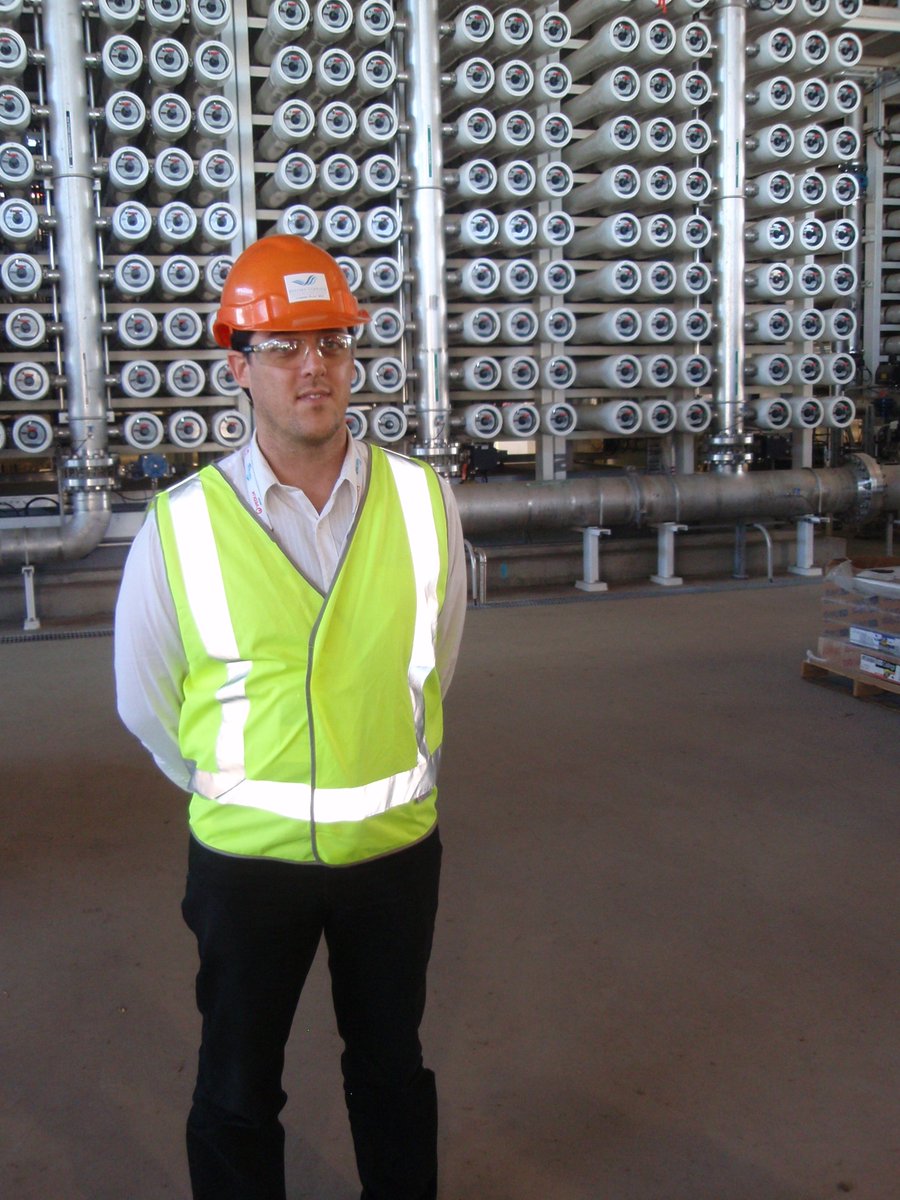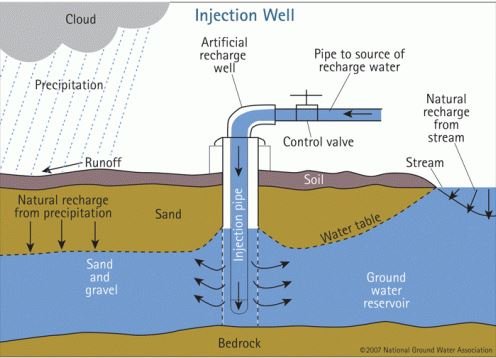
How to get URL link on X (Twitter) App


 The Gadigal People are Indigenous inhabitants of the southern side of Sydney Harbour and relied on this waterway as one of several freshwater sources, for thousands of years. It was a stream of barely 2km, flowing from a swampy area immediately east of Hyde Park to Circular Quay.
The Gadigal People are Indigenous inhabitants of the southern side of Sydney Harbour and relied on this waterway as one of several freshwater sources, for thousands of years. It was a stream of barely 2km, flowing from a swampy area immediately east of Hyde Park to Circular Quay. 



 Most importantly, the seawater intake pipe and the concentrate disposal pipe are already appropriately sized for the full 500 ML/day capacity. The site on which the plant (“Stage 1”) is constructed, also has plenty of extra space available for the expansion (“Stage 2”).
Most importantly, the seawater intake pipe and the concentrate disposal pipe are already appropriately sized for the full 500 ML/day capacity. The site on which the plant (“Stage 1”) is constructed, also has plenty of extra space available for the expansion (“Stage 2”). 

 The draft Greater Sydney Water Strategy highlights Sydney’s high rainfall dependence and the need to reduce it by adding new RFIS. This is because our existing supplies are not sufficiently resilient to drought, whereas a higher proportion of RFIS will provide greater resilience.
The draft Greater Sydney Water Strategy highlights Sydney’s high rainfall dependence and the need to reduce it by adding new RFIS. This is because our existing supplies are not sufficiently resilient to drought, whereas a higher proportion of RFIS will provide greater resilience. 

https://twitter.com/TonyHWindsor/status/1520273822137880576The context here is the upcoming Australian election and the participation of high-profile Independent candidates, not associated with a political party. That’s not new; there were Independents elected to the House of Reps in the first parliament of 1901. en.wikipedia.org/wiki/1901_Aust…
https://twitter.com/AlboMP/status/1512180545849262082Is it too early to start listing the things a National Water Commission should address?

 In terms of our ability to improve and maintain quality of life in Australia, water management is at the very top of the list of areas in which we can have a significant and relatively short-term positive impact. So ALL proposals put forward should be given serious consideration.
In terms of our ability to improve and maintain quality of life in Australia, water management is at the very top of the list of areas in which we can have a significant and relatively short-term positive impact. So ALL proposals put forward should be given serious consideration.

 You probably know that chlorine, in various forms, inactivates (or “kills”) many types of viruses and bacteria. That’s the main reason why we add it to drinking water and swimming pools, and use it to disinfect surfaces in homes, public places and hospitals. 2/20
You probably know that chlorine, in various forms, inactivates (or “kills”) many types of viruses and bacteria. That’s the main reason why we add it to drinking water and swimming pools, and use it to disinfect surfaces in homes, public places and hospitals. 2/20 

 First, I must point out that I am not a virologist, or even a microbiologist. My field is water quality engineering with a focus on chemical contaminants. So I’m describing only what I’ve learnt from the expertise of others (some shown here). 2/20
First, I must point out that I am not a virologist, or even a microbiologist. My field is water quality engineering with a focus on chemical contaminants. So I’m describing only what I’ve learnt from the expertise of others (some shown here). 2/20 

 When forests burn, they produce large masses of burnt wood and ash, which accumulate on the forest floor. A large rainfall event, when it comes, will wash much of the ash into waterways. In turn, drinking water reservoirs (“dams”) will be impacted by ash and sediment. 2/20
When forests burn, they produce large masses of burnt wood and ash, which accumulate on the forest floor. A large rainfall event, when it comes, will wash much of the ash into waterways. In turn, drinking water reservoirs (“dams”) will be impacted by ash and sediment. 2/20 

 Until 1974, they were called “blue-green algae”, but cyanobacteria are very different organisms to algae, separated by millions of years of evolution. Cyanobacteria are prokaryotes (their cells do not contain a nucleus) and algae are eukaryotes (cells do contain a nucleus). 2/21
Until 1974, they were called “blue-green algae”, but cyanobacteria are very different organisms to algae, separated by millions of years of evolution. Cyanobacteria are prokaryotes (their cells do not contain a nucleus) and algae are eukaryotes (cells do contain a nucleus). 2/21 

 Cities that rely on groundwater for drinking water can find that aquifers become depleted when the rate of use is greater than the natural rate of recharge. Groundwater replenishment is the practice of purposefully recharging the aquifer and this can be done with recycled water.
Cities that rely on groundwater for drinking water can find that aquifers become depleted when the rate of use is greater than the natural rate of recharge. Groundwater replenishment is the practice of purposefully recharging the aquifer and this can be done with recycled water. 




 All of the signs with a "H" are markers for the location of a subsurface fire hydrant. The "P" indicates that the hydrant is under the "pathway" and the "R" indicates that it's under the "road". The green colour indicates that the hydrant is on the opposite side of the road.
All of the signs with a "H" are markers for the location of a subsurface fire hydrant. The "P" indicates that the hydrant is under the "pathway" and the "R" indicates that it's under the "road". The green colour indicates that the hydrant is on the opposite side of the road.